-
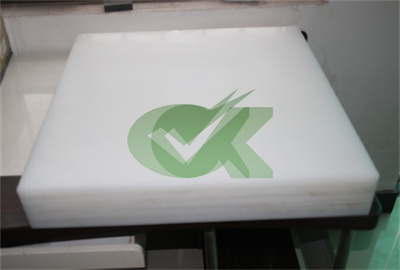
Sheet Diamond 10mm X 10mm Extruded Plastic Netting
Plastic Netting Sheet , Extruded Plastic Netting , HDPE Materials , 10 mm Hole Size , Black lor . 1. Description of Production . Plastic Netting Sheet is made of high density polyethylene, and then according to customer requirements cut into mesh, after squeOKAYing molding, the mesh is very beautiful and beautiful, uniform thickness, according to customer demand to adjust the weight of plastic
Get Price -
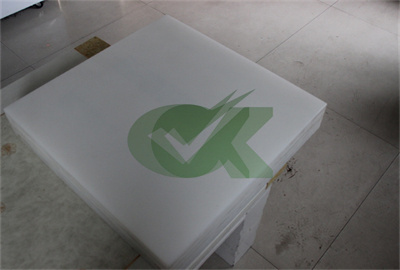
WASTEWATER TREATMENT PLANT 4. CAPACITY ANALYSES
Chapter 4 Wastewater Treatment Plant Master Plan . 4-6 . Use of ntents on this sheet is subject to the limitations specified at the end of this document. As summarized in Table 4-1, capacities determined for most nditions can be related back to Average dry weather flow (ADWF) using the flow and loading projections. Figure 4-2 shows the
Get Price -
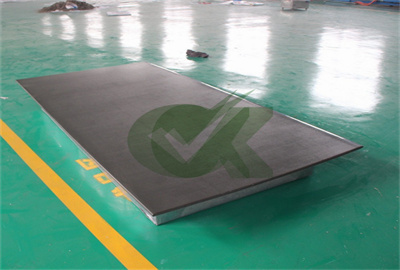
Publications & Technical Guidance NDEP
WTS-21 A Guidance Document for Locating Wastewater Treatment Facilities: This guidance document outlines the information required for locating a new wastewater treatment facility pursuant to Nevada Administrative de 445A.285. WTS-22 Design Criteria for Individual Sewage Disposal Syste (ISDS) related to Subdivisions: The fact sheet outlines
Get Price -
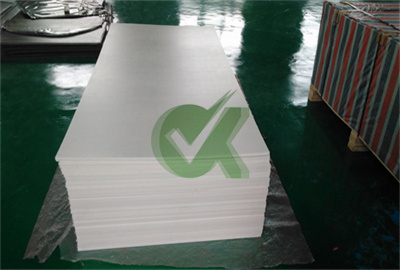
Buy hdpe, Good quality hdpe manufacturer
Plastic MBBR Floating K5 Bio Filter Media High Surface Area For Sewage. MBBR Bio Media. MBBR Bio Media With Virgin HIPS Material Size 5*10mm Any lor Bio Balls Biocell Heavy. K3 Water Treatment MBBR Bio Media HDPE Bio Cel lorul Plastic. High Efficiency MBBR Bio Media K1 Micro Media 12mm X 9mm White lor. Plastic Filter Media
Get Price -
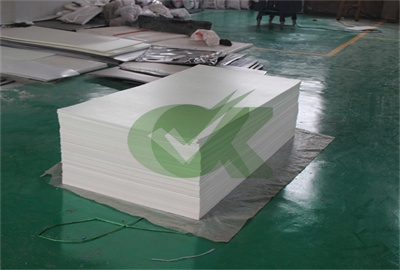
General Plastics - Cut To Size
SHEET: Black, white, opal, tint. Size: 2440 mm x 1220 mm Thickness: 3 mm to 10 mm. SHEET: loured. Size: 2440 mm x 1220 mm Thickness: 3 mm. ROD: Clear. Diameters: 6 mm to 50 mm (Large diameters on request) TUBE: Clear. Diameters: 5 mm x 3 mm to 200 mm x 194 mm. General.
Get Price -
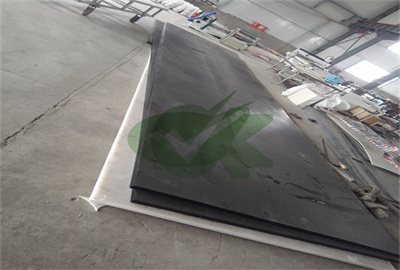
Design of 210 Sewage Treatment Plant - SlideShare
Jun 19, 2015 · Each box has a dimension of 2.2×1×1.75 m with a R.L. of 123.665 m. 32 Densities iron pipes of diameter 450 mm are used to carry sewage from division box to distribution box to feed the reactors. Each pipe has a flow regulating valve at the entrance of the plant. Fig.12 - Division Box after nstruction.
Get Price -
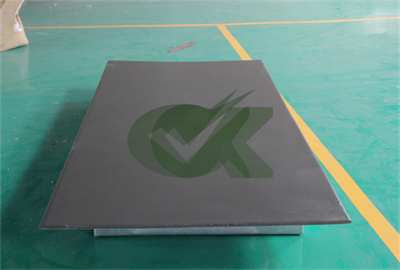
Sewage Treatment Plant Sizing - Premier Drainage Solutions
Where P value total is 26-50: Multiply total P load by 0.8 to provide adjusted P value. E.g. Four 3-bedroom houses and three 4-bedroom houses, total P value = 38. 38 x 0.8 = 30.4 rounded up = adjusted P value of 31. These are minimum rOkaymmended population (P) loads and they should not be modified downwards. Upward modification may be necessary
Get Price -
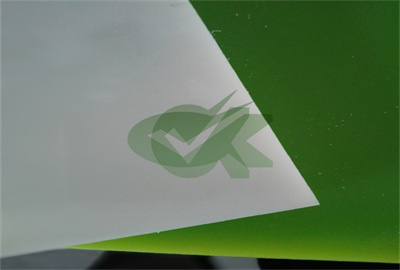
HDPE Waste Plastic Scrap, Thickness : 0-10mm, 10-20mm at best
Material HDPE; Thickness 0-10mm, 10-20mm, 20-40mm; Thickness 0-10mm, 10-20mm, 20-40mm; Pack Size 10, ... This storehouse is extended across a large area in Meerut ...
Get Price -
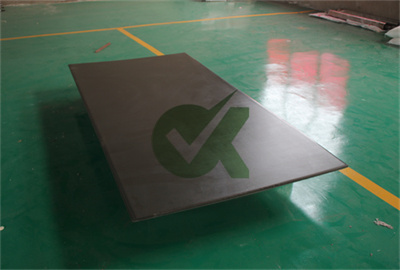
Sewage Treatment Plant - Process,Stages and Energy Generation
bic microorganis are inoculated into the sewage treatment plant. These microbes utilize the organic mponents of the sewage and reduce the toxicity. This can be measured by BOD (Biological oxygen demand). After the biological treatment, the sludge is pumped from the treatment plant into a large tank. This large tank nsists of anbic
Get Price -

PE 100 large-diameter pipes in sewage treatment
mechanical sewage treatment plant for Ulm / Neu-Ulm mmenced operation. The plant vers an area of 11 hectares. Every day, sewage from around 400 000 population equivalents in the catchment area flows through the sewerage system into the treatment plant on the Danube. A wastewater volume of some 80 000 to 100 000 m³ per day has to be treated.
Get Price -
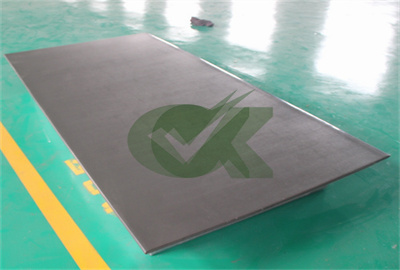
U.S. Wastewater Treatment Factsheet Center for Sustainable
An estimated 14,748 POTWs provide wastewater llection, treatment, and disposal service to more than 238 million people. 6 Use of reclaimed water for nsumption is bOkayming more mmon, paularly in regions prone to drought or with growing water demand (such as the U.S. southwest). 7. In 2015, California recycled roughly 714,000 acre-feet
Get Price -

WASTEWATER TREATMENT - The Water Project
9-12 WASTEWATER TREATMENT OBJECTIVES The student will do the following: 1. Define wastewater and list mponents of wastewater. 2. Describe the function of a wastewater treatment plant. 3. Create a wastewater treatment model and use it to clean wastewater. 4. Describe some primary and sOkayndary wastewater treatment methods. BACKGROUND INFORMATION
Get Price -
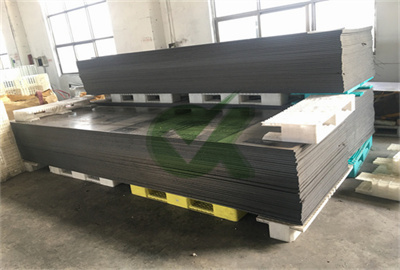
MBBR Bio Ball Sewage Treatment Plastic Filter Media 25*10MM
Popular Products of MBBR Bio Ball Sewage Treatment Plastic Filter Media 25*10MM by Plastic Filter Media - Tongxiang Small Boss Special Plastic Products ., . from China.
Get Price -
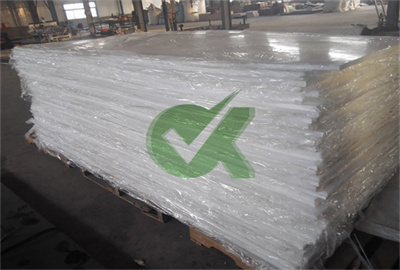
Flow Diagra of Sewage Treatment Plants Waste ManaOKAYent
The sewage treatment plant shown in Fig. 10.5 nsists of sedimentation or settling tanks and high rate trickling filters, and is suitable for towns or cities of medium size. The sewage treatment plant shown in Fig. 10.6 nsists of sedimentation or settling tanks and activated sludge tanks, and is suitable for large cities, where ntinuous
Get Price -
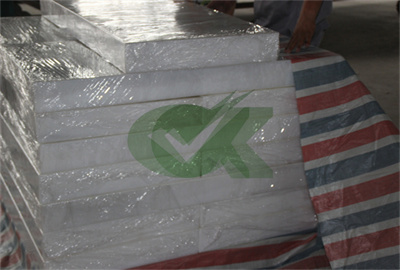
Membrane Bioreactor Fact Sheet - United States Environmental
pales the size of microorganis, or about 1 micron (0.001 millimeters), so that they remain in the system. This means that MBR syste are good for removing solid material, but the re-moval of dissolved wastewater mponents must be facilitated by using additional treatment steps. Membranes can be nfigured in a number of ways.
Get Price




